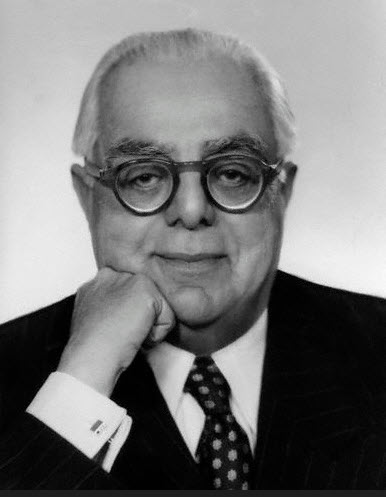Sultan Muhammad Shah was born in 1877 at Karachi. At the age of eight he lost his father Aly Shah, the Aga Khan II, and assumed the title of Aga Khan III, thus becoming the hereditary spiritual leader of the Ismaili sect. Too young to cope with the responsibilities as the head of the Ismaili Muslims he was ably assisted by his mother in religious and financial affairs. Aga Khan learnt Arabic and Persian from well-known teachers. He also studied theology, philosophy and Persian poetry. In 1902, at the age of 25, he was appointed a member of the Imperial Legislative Council, thus becoming the youngest member of the council.
Aga Khan, like many other great Muslim leaders, realized that the main cause of Muslim backwardness was their negligence towards education. He worked towards increasing Muslim education by not only increasing his grant to M. A. O. College, but also by generating funds for a Muslim University. By his efforts 3 million rupees were collected, which helped in laying a solid foundation of Aligarh University.
Aga Khan also greatly contributed towards the political cause of the Muslims of the Indian subcontinent. He led the Muslim delegation to Simla in 1906 where the Muslims, for the first time, put forward their demand for a separate electorate. He was elected the first president of All India Muslim League in 1906, an office that he held till 1912. Aga Khan was a man of vision and was of the opinion that the reform scheme introduced by the British would be beneficial to the Muslims. He wrote a book on the need of reforms for the Muslims, known as “India in Transition”, which was published in 1918.
During the Khilafat Movement, Aga Khan struggled to control the breakup of the Caliphate by taking up the issue at international forums. Aga Khan wrote letters to the “Times of London”, pleading the case for continuation of the Caliphate. He also led a delegation of Indian Muslim leaders to the British Prime Minister, Lloyd George. Aga Khan continued to work for the cause of the Muslim on every front. He was nominated for the Nobel Prize for Peace in January 1924 because of his work for maintaining peace between Turkey and the western powers after the peace agreement.
He was president of the All Parties Muslim Conference held in 1928-29. In 1930-33, he went as chairman of the Muslim delegation to the Round Table Conferences. In 1932, he suggested a pact of minorities, which facilitated the announcement of the Communal Award. He was nominated to represent India at the League of Nations in 1932, where he continued to work until the outbreak of the World War II. He was an excellent statesman and was elected President of the League of Nations in July 1937. He was the only Asian to have been appointed to this high office. During the World War II, Aga Khan was forced to live in Switzerland and was unable to actively participate in the affairs of the Muslims of India.
Pakistan’s creation owes a great deal to the hard work of Aga Khan. After the creation of Pakistan, Aga Khan remained a friend and a well-wisher of Pakistan. Aga Khan fell ill in 1954 during his visit to Dhaka and from then on struggling with ill health, died on July 11, 1957 of a heart attack in Switzerland. He was buried in Egypt. After his death, he was succeeded by his grandson, Aga Khan the IV.
This article was last updated on Sunday, June 01, 2003






